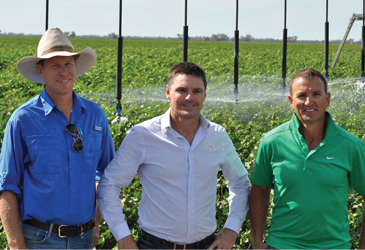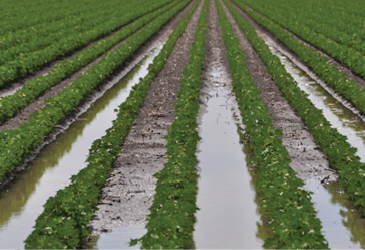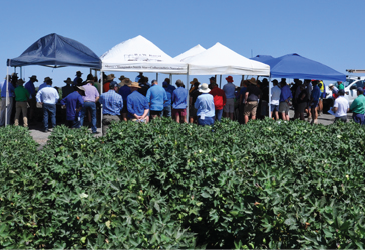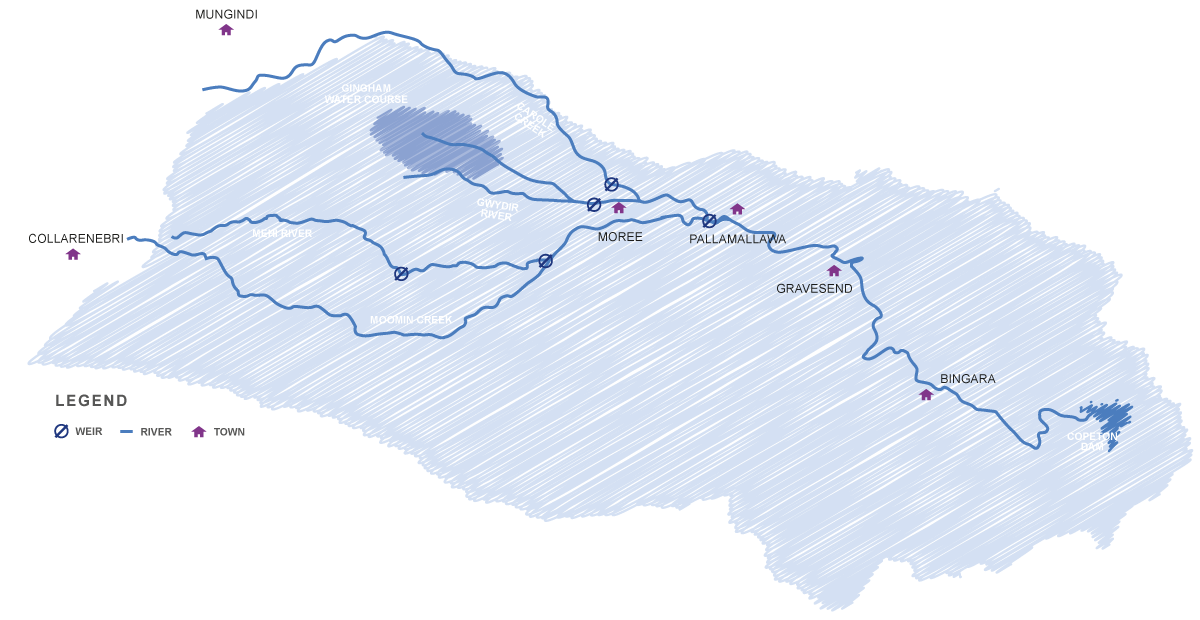Federal Election
As we will now have a federal election on the 3rd of May 2025, I encourage you to have conversations with people from all different parts of the community to ensure they understand what is important to safegard the Australian irrigation industry. The following links will show you
what the peak industry organisations have as their election policy positions. There are also a number of useful facts about irrigation which
you may be able to utilise in your discussions.
National
Irrigators Council
NSW
Irrigation Council
National
Farmers Federation





























.png)
.jpg)
.png)
.jpg)

